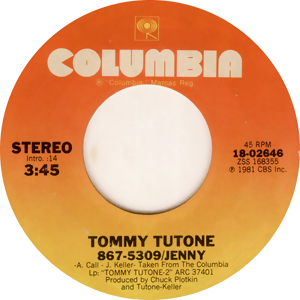
Bob Dylan, Historian
This essay is adapted from a keynote lecture delivered at a conference to honor Bob Dylan’s eightieth birthday, “Dylan @ 80,” convened by the Bob Dylan Institute at the University of Tulsa, Oklahoma, May 24, 2021.
Two American presidents, William McKinley and John F. Kennedy, bite the dust on Rough and Rowdy Ways, Bob Dylan’s latest record (his thirty-ninth studio album, released last year), and a third, Harry S. Truman, pops up on the next-to-last track, on Mystery Street off Mallory Square in Key West, where Truman had his winter White House. Elsewhere on the album, we cross the Rubicon with Julius Caesar; and on the beautiful song “Mother of Muses,” three Union senior officers from the Civil War as well as two great commanders from World War II (one American, one Soviet), clear the way for Elvis Presley and Martin Luther King Jr. This is not the same phenomenon as the appearance of Ma Rainey and Beethoven, emblems as much as people, in “Tombstone Blues” on his 1965 album Highway 61 Revisited: Bob Dylan brings a different kind of history to bear on this album, though hardly for the first time in his writing. Mystery Street doesn’t actually exist—it’s the one spot in the Key West song that’s imagined—but it is at the center of everything in that liminal paradise, just on Dylan’s horizon line. Once you get to the Mystery, it seems, you’ll find History dwelling there.
This in itself is highly unusual, as few songwriters if any have exhibited Dylan’s historical knowledge, let alone his historical consciousness. In Dylan’s case, though, history is only one branch of knowledge and creativity that absorbs him: whether it’s a Juvenal satire or a picture at an exhibition or a recording of Robert Johnson, Dylan responds by breaking things down, trying to understand how they work and what makes them different from everything else. As the critic Greil Marcus recently noted, it’s helpful to think of Dylan as a scholar, as well as craftsman. Do so and we might better understand how his art works.

















